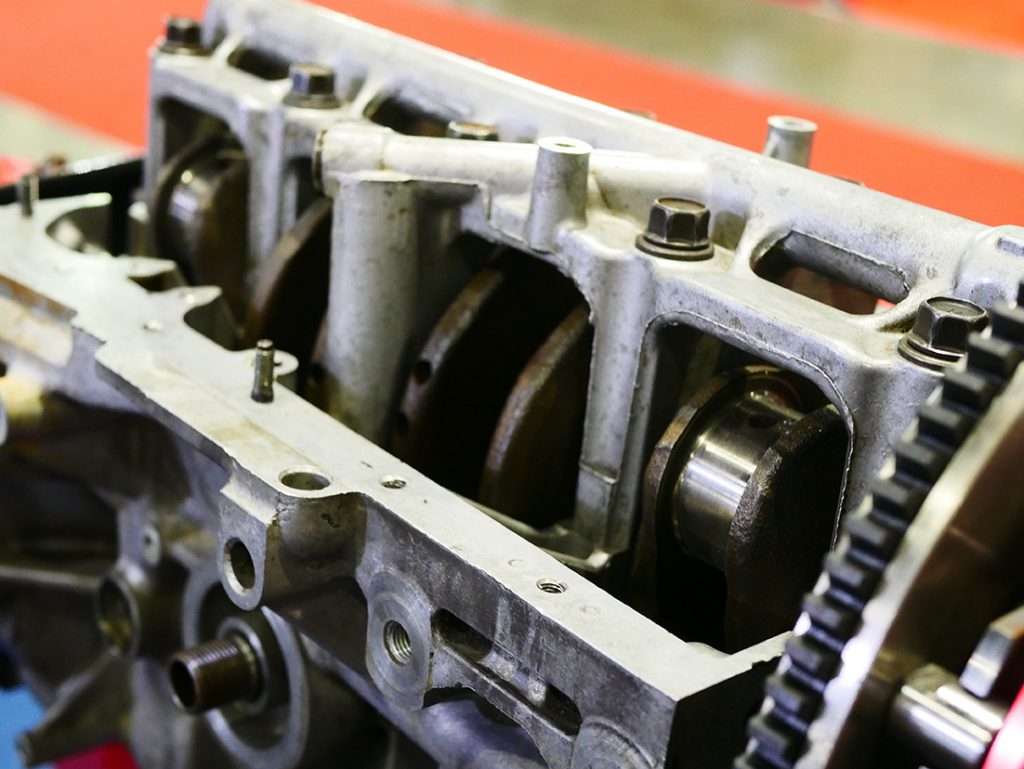
The Australian automotive industry is definitely undergoing a major shakeup. Australians continue to shy away from Australian-produced vehicles and opting for imported models, particularly from Japan, Korea and even the United States—due largely in part to their price tags and even the technical specs. What’s more, more and more Australia car manufacturers, such as Ford, GM Holden and Toyota, are ceasing local production. And the Australian government continues to lax car import laws to make it easier and even more affordable to bring in vehicles from overseas. That means that demand for imported vehicles—both new and used—will continue to substantially grow over the next few years.
However, a major conundrum arises for both buyers and dealerships. While Australian roadways mean left-hand driving, many imported vehicles are designed for left-hand driving.
In comes companies like Stangfever International. Stangfever International helps Australians import, clear and transform their vehicles for Australian roadways—including converting right-hand-driven cars into left-hand-driven cars. However, retrofitting a car for left-hand driving is a very complex task because each project is specific to the make and model of the vehicle, the number of parts involved and differences in the components to be adapted. While some parts can be mirrored (inverting the position of the parts), many others have to be completely redesigned.
And it is because of this level of complexity that the Australian automotive and aftermarket auto parts industry is highly unlikely to mass produce every single part for every single vehicle that requires being converted from left-hand driving to right-hand driving.
Stangfever International has found an ingenious way of overcoming this challenge using 3D scanning and 3D printing.
Here’s a case in point. The company partnered up with Simply 3D, a business that specializes in 3D scanning and 3D printing to retrofit a 2015 Dodge Challenger Hellcat. Simply 3D used Creaform’s portable 3D scanners, made available in Australia by Hi-Tech Metrology, to scan, reverse engineer and print in 3D all the parts needed to retrofit the car.
Thanks to Creaform’s portable and easy-to-use technology, the 3D scanning took place directly in the autobody shop by operators who did not have any sophisticated metrology expertise. The entire 3D scanning process was conducted in a short amount of time and with unprecedented accuracy. Simply 3D was particularly impressed at how the 3D scans were able to maintain all of the feature curves on the parts, which is much more difficult to achieve using fiberglass.
The end result? Simply 3D and Stangfever International were able to reverse engineer all the parts of the Dodge Challenger Hellcat required to retrofit it for right-hand driving, significantly shrinking total production lead times and costs—all while safeguarding part quality and integrity.
While this project was carried out as a proof of concept, it nevertheless shed light on a tremendous opportunity that 3D scanning and 3D printing can offer for the tuning industry. By leveraging these two technologies, Australian businesses can tap into a brand-new market for aftermarket automotive parts as well as custom parts with minimal capital expenditures and increased efficiency.